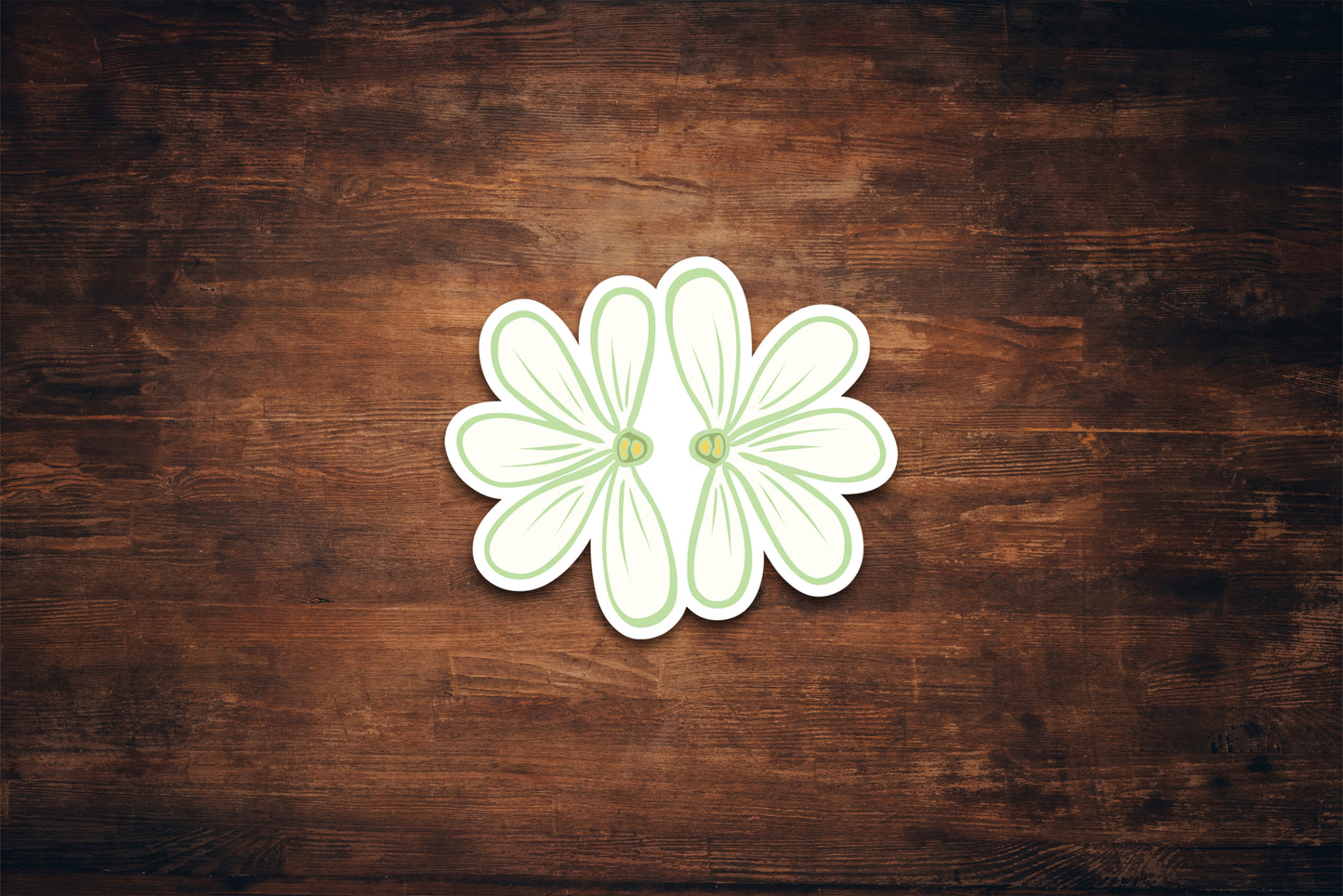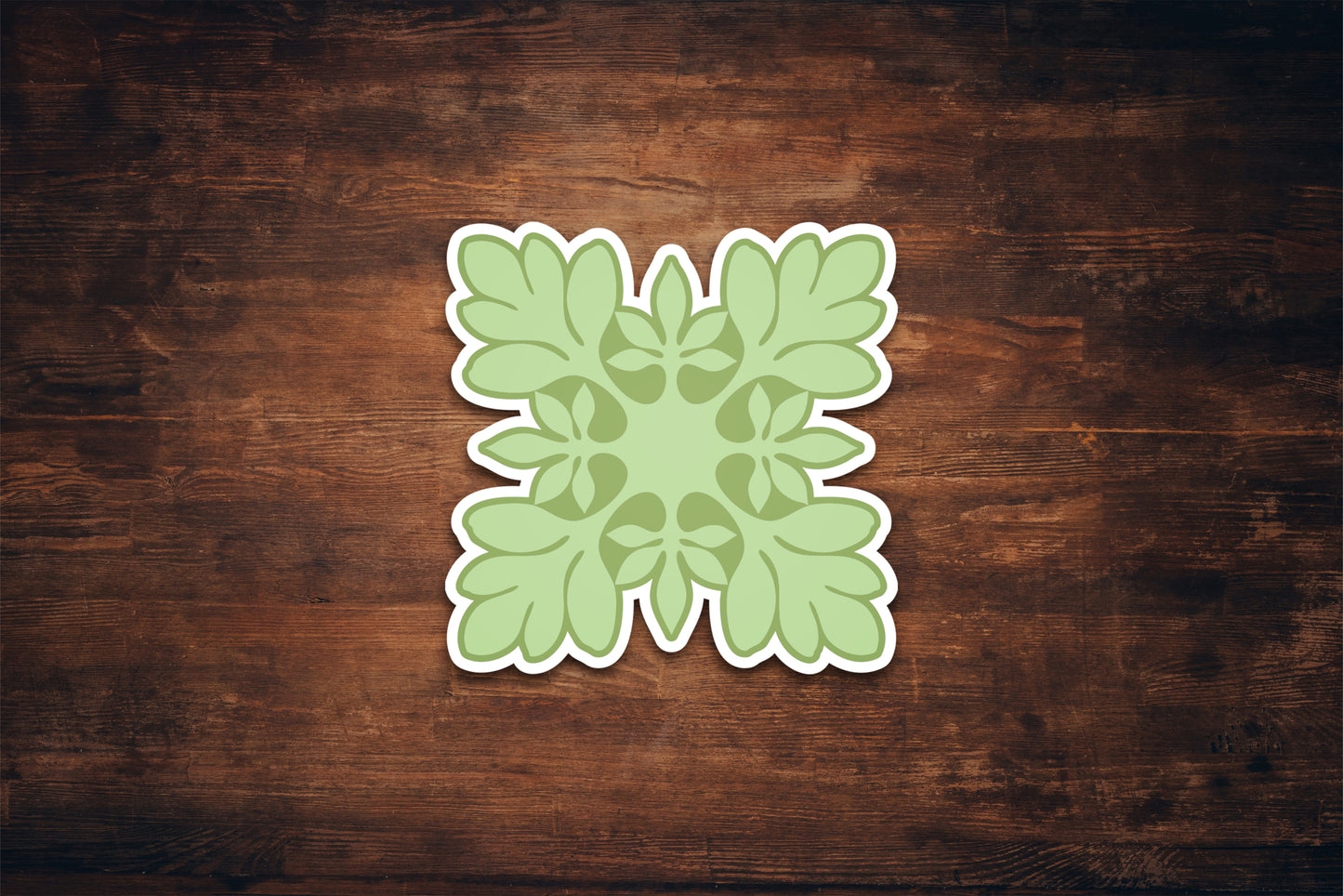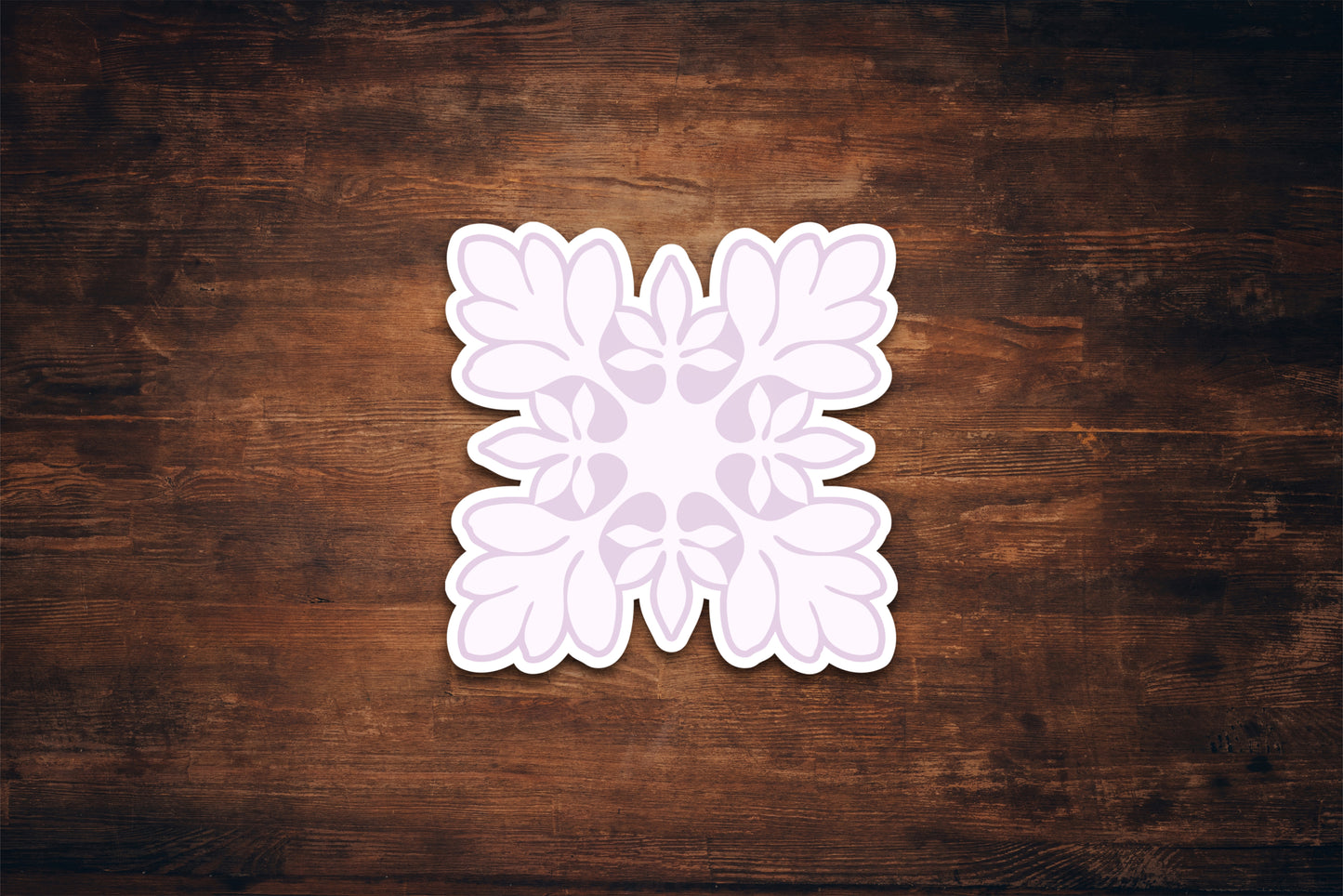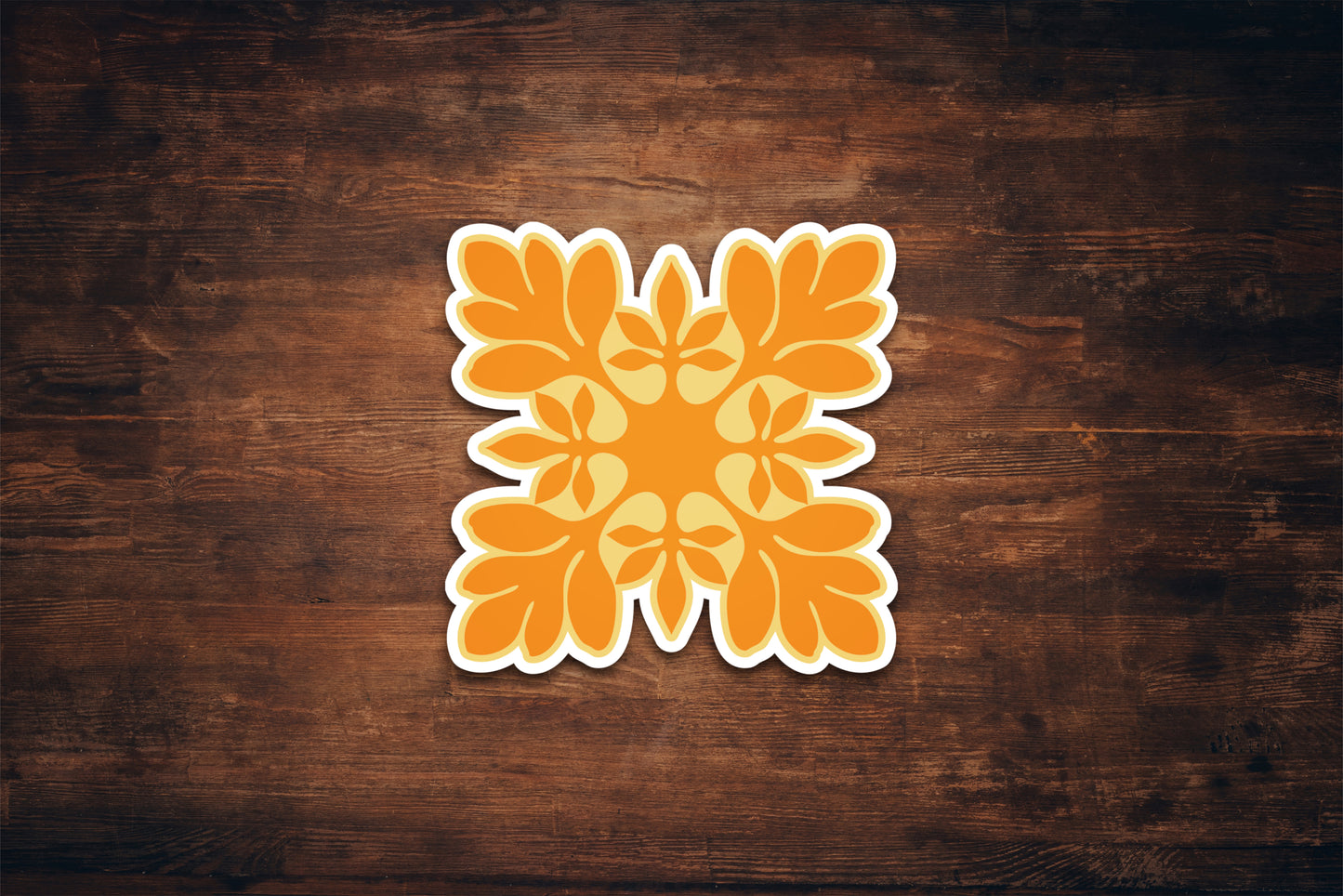The Story of Naupaka: A Hawaiian Tale of Love and Loss
Share
In Hawaiian culture, storytelling is a treasured way of passing down history and lessons. Like many oral traditions, there are often multiple versions of the same tale, each offering its own perspective or insight. One such story is that of the naupaka flower—a tale steeped in love, tragedy, and symbolism. Among the many variations, I have chosen this one, retold by Mikihala Mahi, to share with you.
HE MOʻOLELO NO KA NAUPAKA
Kākau hou ʻia e Mikihala Mahi
I ka wā kahiko, ua kipona aloha kekahi kāne a me kāna wahine. He kamāliʻi ka wahine a he kaikaina ʻo ia o ke akua wahine ahi, ʻo Pele. He makaʻāinana ke kāne. He mea pono ʻole ka pili ʻana o kekahi mōʻī i kekahi makaʻāinana.
ʻO ka pilikia, ua aloha pū ʻo Pele i ua makaʻāinana nei. Ua nīnau ʻo Pele iā ia, "E pili hoʻi kāua." Akā, ua hōʻole ke kāne iā Pele. "ʻAʻole. Nui koʻu ʻiʻini i kou kaikaina. ʻO ia ka mea aʻu i makemake ai." Ua komo ka huhū i loko o Pele. Ua hū ka pele a hoʻonaholo i ke kāne a i kahakai. ʻOi aku ka wikiwiki o ka pele ma mua o ia kāne. Ua uhi ke kāne i ka pele a make.
Ua komo ka makaʻu i loko o ko Pele kaikaina, no laila ua holo ka wahine i uka. Ua manaʻo kēia wahine, ʻaʻole hiki i ka pele ke piʻi i uka akā ua hewa ʻo ia. Ua holo aʻe ka pele i uka a uhi ʻia ka wahine.
Ma kahi o ia kāne i pau ai i ka pele, ua ulu kekahi mea kanu nona kekahi pua. ʻO ka mea ʻano ʻē, he hapa wale ka pua. Ma uka i kahi o ia wahine i pau ai i ka pele, ua ulu pū kekahi mea kanu nona ka pua hapa kekahi. ʻO ia mau pua ka hōʻailona o nā ipo ʻelua. Ua kapa ʻia kēia pua ʻo ka naupaka. Inā hoʻopili ʻoe i ka naupaka kahakai a me ka naupaka kuahiwi, e pili hou ke kāne a me ka wahine.
The Story of the Naupaka
Retold by Mikihala Mahi
In the past, a man and a woman were deeply in love. The woman was a princess and a sister of the fire goddess, Pele. The man was a commoner. It wasn't right for royalty and commoners to be together.
The problem was that Pele also loved this commoner. Pele asked him, "We shall be together." But, the man refused Pele. "No. I have a great yearning for your sister. She is the one that I want." Pele was furious. Lava erupted and chased the man to the ocean. The lava was faster than the man. The lava covered and killed the man.
Pele's sister was frightened, so the woman ran upland. This woman thought that lava could not flow uphill but she was wrong. The lava went up and the woman was covered.
At the place where the man was killed by the lava, a plant grew with a flower on it. The strange thing was that the flower was only a half flower. Upland, where the lava killed the woman, a plant also grew there with a half flower growing on it. These flowers are signs of the two lovers. This flower is called the naupaka. If you join the naupaka from the ocean and the naupaka from the mountains, the man and woman will be together again.
Lessons from the Naupaka
This story is more than just a tale of love and separation. It carries timeless lessons we can still apply today:
-
The Power of Love and Sacrifice
The love between the man and the woman was strong enough to defy societal norms and even the will of a powerful goddess. This can remind us that love—whether romantic, familial, or for a cause—is often accompanied by sacrifice. The beauty lies in the dedication and strength behind it. -
Acceptance of Separation
Despite their tragic end, the half-flowers of the naupaka show that separation doesn’t mean the end of connection. Life may bring physical or emotional distances between us and those we care about, but the bonds of love can remain unbroken. -
Balance and Harmony in Nature
The naupaka flower reminds us that even in tragedy, nature can bring beauty. The idea of the mountain and ocean flowers reuniting symbolizes harmony and healing—a powerful reminder that wholeness can be found even after loss. -
Respect for Boundaries and Choices
The story also highlights the importance of respecting boundaries. Pele's unrelenting anger led to devastation. Today, respecting others' choices—especially in matters of the heart—remains essential for healthy relationships and communities.
As we reflect on this story, we can appreciate its enduring beauty and the lessons it offers for life today. The naupaka flowers, forever symbolizing love and unity, remind us of our own strength to stay connected across any divide.






